Tariffs are the talk of the day for most economists. Stock markets ping pong every time there’s a new announcement, and there are already major business sectors that are bracing for the potential storm of a trade war. There’s a lot of hyperbole and fear involved with this topic, but the truth underneath it all is that every business needs to have an idea of what to expect from these tariffs.
Condensing an analysis of the entire economy into a single blog post would be a little too ambitious, so this one is going to focus on IT. More specifically, we’re going to discuss how tariffs are likely to shape the landscape of IT across industries.
Trickle Down Taxes
So far, none of the major tariffs are aimed at goods that would directly impact the cost of IT. While there has been talk of taxes on semiconductors and a few related items, that talk has at least temporarily grown quiet. Such a tariff would almost immediately raise the cost of anything digital, but it’s not the primary concern. Instead, the main impact of tariffs on IT is going to be more secondary.
The issue here is that an increased cost in any major industry can still bring costs to other industries. While a steel tariff might seem un-concerning to professional service and information firms, the truth is that those tariffs will raise the price of so many items that a ripple effect can be felt by everyone.
What’s important to understand is that these increases in cost do not inherently equate to a loss of profit. Some ripples will be inflationary and come to a net wash in profit margins. That said, some ripple can impact cost and revenue and hurt the bottom line.
Anticipating Costs
The first step to dealing with tariffs is to anticipate how they’re going to change your business. Unfortunately, there is no one-size-fits-all model to utilize. Even within a single industry, the sheer range of variables makes it impossible to simplify into any generalized equation. Instead, a business needs to look at the size of any given tariff and then assess the degrees of separation between the specific tax and their own operations. For each degree of separation, the impact of the tariff will drop on a diminishing return scale.
Let’s consider a simplified example looking at a small accounting office. For the sake of the exercise, we’ll only consider the steel tariff. The largest industry impacted by the tariff is auto manufacturing. It’s expected that the tariff will raise the cost of auto manufacturing by about 20 percent. But, there is no direct link between this industry and accounting.
It’s difficult to trace a direct route from one to the other. Because it runs beyond two direct degrees of separation, the assumption is that steel tariffs will only impact accounting firms to the extent that they raise inflation overall. This is pretty minimal, but accounting firms have little to fear from steel tariffs unless they need to buy a fleet of automobiles.
Scrambling for Efficiency
That simplified exercise should show that the tariffs announced by the time of this writing are not a death sentence for most of the United States. That said, sectors that will be facing direct effects will be scrambling to improve their production efficiency. One of the most common places to search for this efficiency is through IT.
Whether it comes in the form of data management, automation to cut labor costs or improved communication and shorter turnover times, IT is often expected to solve these kinds of problems. It is exactly where tariff-impacted industries will focus their efforts to keep rising costs from hurting profits.
Staying Ahead
This is where the most universal tariff-induced change will be felt. A sharp draw on IT resources will drive up demand across industries -- since everyone needs good IT these days. That means that even our example accounting firm needs to anticipate increasing competition to score quality IT resources. Mostly, this will be felt in the hunt for personnel.
Essentially, any given business can protect themselves from increasing competition with a long-term IT plan. Considering the benefits of outsourcing IT solutions to third parties, investing more heavily in cloud-based infrastructure and upgrading systems as early as possible are time-tested ways to anticipate and reduce rising IT costs.
The tariffs haven’t restructured the landscape of the economy. They’ll come with some attached costs, and hopefully, there will be some benefits to accompany those costs. Regardless, the real change coming from these policies is a mild acceleration of IT competition. That will impact everyone, so the ultimate solution for most companies is to be ever more proactive in planning their IT futures.

